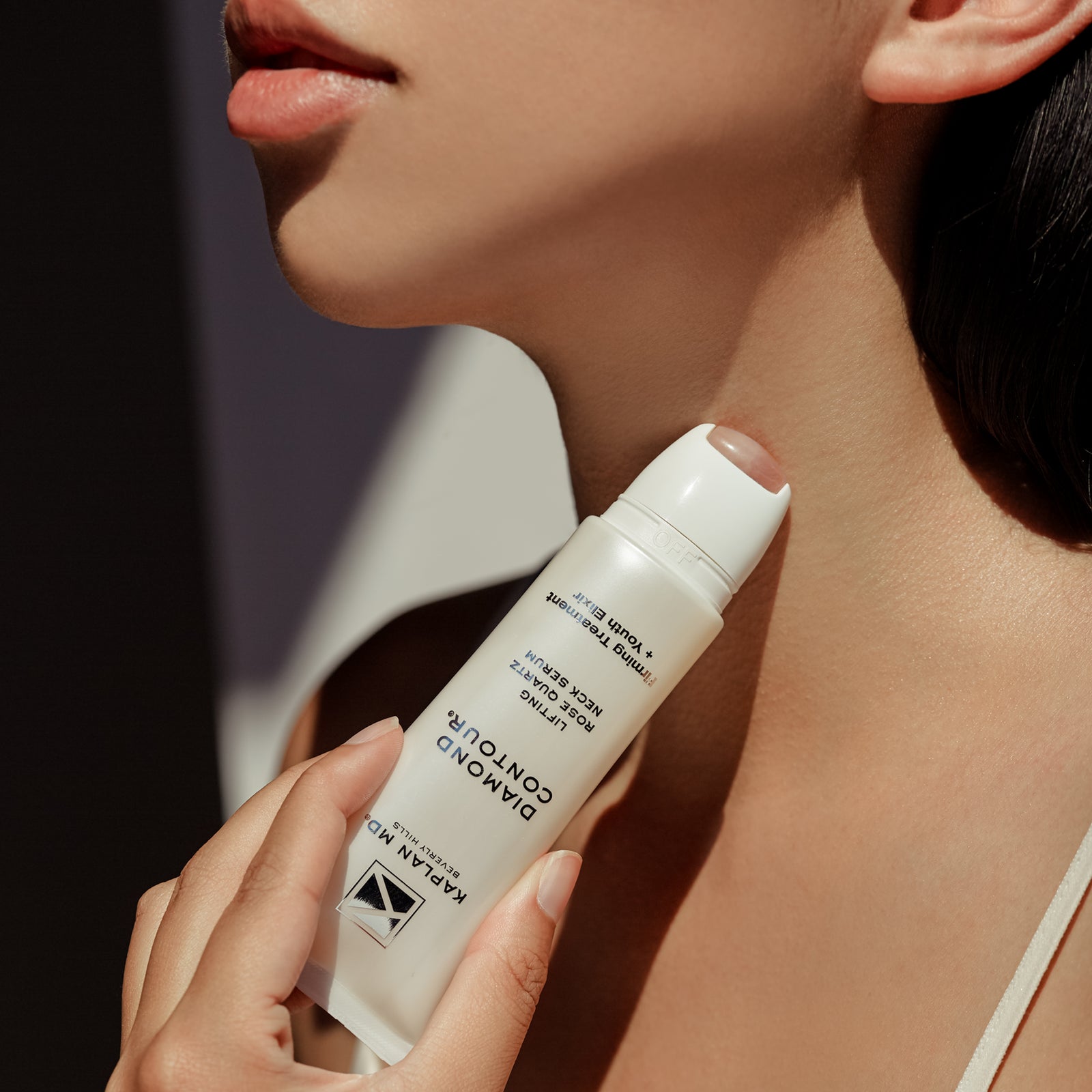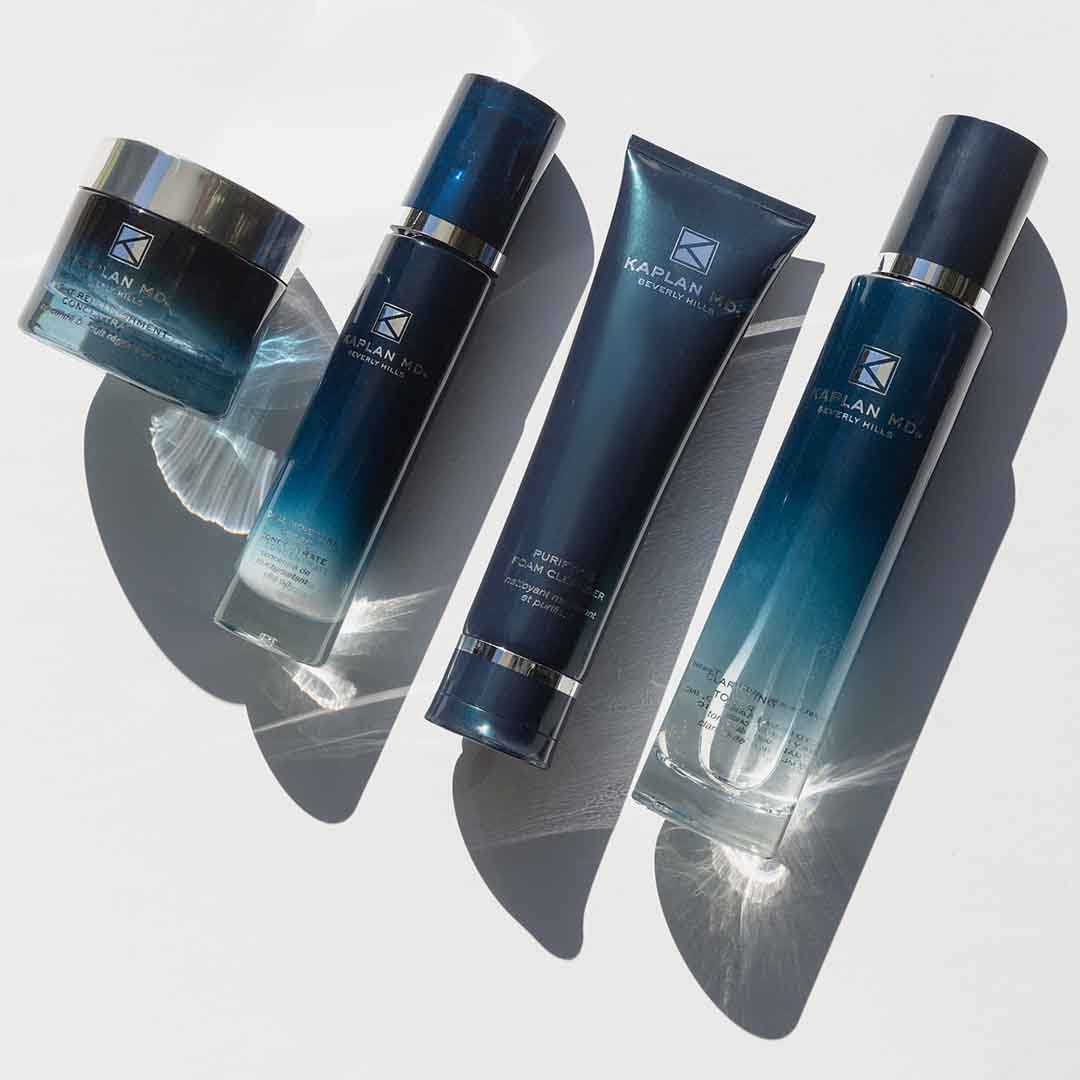Dr. Kaplan – Spider Veins on Face and Legs
SPIDER VEINS ON FACE AND LEGS
Spider veins are dilated small blood vessels that have a red or bluish color. They appear mostly on the legs, occasionally on the face or elsewhere, and may often be unwanted. They can be short, unconnected lines each about the size of a large hair or connected in a scraggly, “sunburst” pattern. They may also look like a spider web or a tree with branches. Sometimes, they occur in a small area and are not very noticeable, or they can cover a large area of skin and be unsightly. Larger dilated blood vessels called varicose veins may be raised above the skin surface. They may occur along with spider veins.
Some people with unwanted blood vessels can have pain, ranging from a dull throbbing pain to a burning sensation. The larger vessels are more likely to cause discomfort. Although unwanted blood vessels carry blood, the great majority of them, especially spider veins, are not necessary. If they are unsightly or uncomfortable, they can be treated by the injection of a solution that will cause them to disappear or become much smaller. there is about a 50 to 90 percent chance for a greatly improved appearance.
SAFETY
Even with a highly experienced physician performing the treatment, there are some possible side effects.
They include:
- Stinging or pain at the sites of injection, swelling of the ankles or feet or muscle cramps.
- Muscle cramps almost always occur when the injection takes place in the ankle area. These usually go away within 10 to 15 minutes after injection.
- Red, raised areas at the sites of injection. These should disappear within a day or so.
- Brown lines or spots on the skin at the sites of treated blood vessels. Probably made up of a form of iron in the blood, these darkened areas may result when blood escapes from treated veins. These dark areas occur more often in patients who have larger veins treated. In most cases, they disappear within a year, but in a small percentage of patients they may last longer.
- Development of groups of fine red blood vessels near the sites of injection of larger vessels, especially on the thighs. About a third of patients develop these; most disappear by themselves, some go away with injection treatment or laser therapy, a few may last.
- Small, painful ulcers at treatment sites either immediately or within a few days of injection. These occur when some of the solution escapes into the surrounding skin. These can be successfully treated, but it is necessary to inform the physician of them immediately.
- Bruises at the site where the needle went into the skin. These will disappear in a few weeks and are probably related to the thinness of blood vessel walls.
- Allergic reactions to certain sclerosing solutions. Although such reactions can be serious, and require immediate injections of epinephrine, less serious reactions are treated with antihistamines.
- Inflammation of treated blood vessels. This is very unusual but when it occurs, it is treated with medications such as aspirin, compression, antibiotics or heat.
- Lumps in injected vessels, particularly larger ones, may develop. This is coagulated blood, but is not dangerous. The dermatologist may drain the blood out of these areas a few weeks after injection.
If there is a history of blood clots in the lungs or legs, sclerotherapy may still be undertaken, but the procedure must be done with caution to lessen the risk of blood clots.
HOW IT WORKS
One of several kinds of solutions, called sclerosing solution, is injected with a very fine needle directly into the blood vessel. This procedure has been used for spider veins since the 1930s and before that for larger veins. The solution irritates the lining of the vessel, causing it to swell and stick together and the blood to clot.
Over a period of weeks, the vessel turns into scar tissue that fades, eventually becoming barely noticeable or invisible. The solutions available are slightly different and the choice of which solution to use depends on several factors including the size of the vessel to be injected. Your dermatologist will decide the solution that is best for your particular case.
HOW IS IT DONE AND DOES IT HURT?
A single blood vessel may have to be injected more than once, some weeks apart, depending on its size. In any one treatment session a number of vessels can be injected. As noted in the section on safety, some stinging or pain at the sites of injection may occur.
WHAT TO EXPECT FOLLOWING TREATMENT
Depending on certain factors, such as the size of the blood vessels injected, patients may be instructed to put their legs up for an hour or two and then walk. Others are asked to walk immediately. All patients are instructed to walk a good deal in the days following the procedure so that blood will be pushed through other vessels. Sometimes the injected areas will be bandaged and the patient instructed to “compress” the treated vessels by wearing support hose.
This may help seal the treated vessels, keep the blood from collecting under the skin and reduce the development of dark spots. It also may reduce the number of treatments necessary, and the possibility of recurrence. Sometimes tape dressing is placed on the areas and compression is not used, unless the veins are large or have other characteristics. Between treatments, it is recommended that compression or support hose be used. This is particularly applicable for people who spend a lot of time on their feet.
HOW SUCCESSFUL IS SCLEROTHERAPY?
Sclerotherapy works equally well on all skin types and skin colors. After several treatments, most patients can expect a 50 to 90 percent improvement. However, fading is gradual. Disappearance of spider veins is usually achieved, but similar veins may appear in the same general area. Larger veins are likely to recur unless support hose are worn. Spider veins may also recur. It may seem that a previously injected vessel has recurred, when, in fact, a new spider vein has appeared in the same area.
The Effect of Sclerotherapy
Leg Veins Before and After Sclerotherapy
Knees Before and After Sclerotherapy
Ankle Before and After Sclerotherapy
Breast Before and After Sclerotherapy
Forearm Before and After Sclerotherapy








